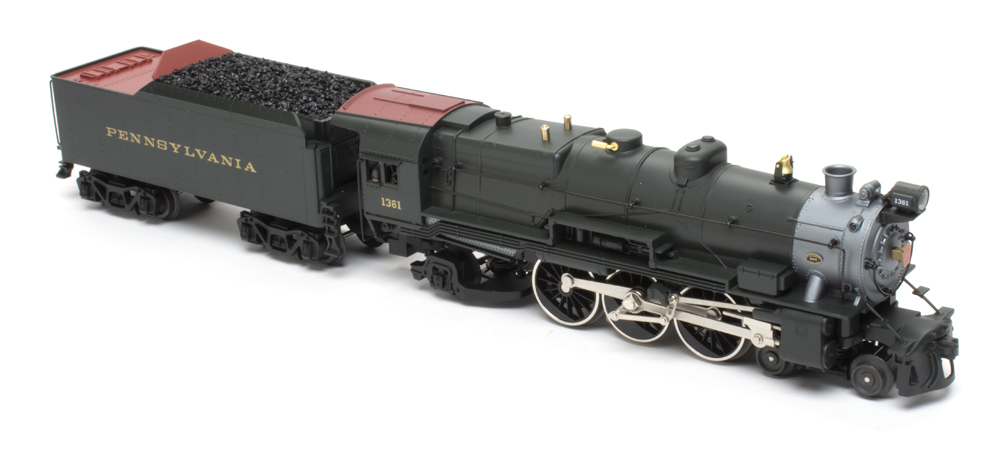
Back in the steam era, many railroads had a particular locomotive that symbolized that railway in the minds of the public. The New York Central had the 4-6-4 Hudson, the Milwaukee Road had its streamlined Hiawatha 4-4-2 Atlantics, and the Pennsylvania – which branded itself The Standard Railroad of the World – had the K4 class of 4-6-2 Pacifics.
Conceived during World War I, the K4’s development was hindered by manufacturing restrictions. However, between 1914 and 1928, 425 examples were built.
In conventional and streamlined versions, they handled some of the hottest passenger trains outside of the Pennsy’s electrified zones. They also pulled less exotic trains, but were always a reliable source of power!
In the O gauge world, the K4 has long been a popular subject. Why, just in the past 30 years, Lionel, K-Line, MTH Electric Trains, and Williams Trains have fielded models of this classic in traditional and scale versions as well as models sculpted in brass.
Opening the box
My first impression was that this seemed to be the old MTH RailKing K4 I reviewed in 1997. After looking at at photos from that previous review, I could see similarities as well as notable differences.
Both models have the same basic outline and quality metal casting of the boiler. But Lionel’s new version has considerably more detail and comes off as more of a smaller scale model than a compromised design to fit tight-radius curves.
Up front, the model has a solid “cow catcher” rather than a version with cast-in spokes. There are brakeman steps on both sides of the pilot, and in the center a dummy coupler.
The smokebox has ample rivet and latch detail. Mounted dead center of the smokebox is the Pennsylvania RR’s famous keystone herald in red with the engine number embossed in gold. Up top and center is a large headlight with “1361” on both sides. Just behind it you’ll find a turbine and the smokestack.
Classification lights are positioned about halfway between the turbine and the boiler handrails. Just behind the stack is a brass-color add-on bell with ringer handle. You can move it back and forth with your finger.
Builder’s plates can be found on both sides of the smokebox. They read, “Juniata Shops K.4.s. & 1924 3910.”
The boiler has cast-in detailing for boiler bands, sand lines (two on each side), and drain pipes from the steam dome. The firebox also has cast-in piping running downward. Atop the firebox are two gold add-on pop-off valves; a whistle juts out on the engineer’s side.
The running boards aren’t simply straight. The flat surfaces break and rise or lower over obstructions, such as air compressors. While the “rear” running boards have a functional purpose, this is a nice variation that adds depth in design to the O gauge model’s overall appearance.
Below the boards you’ll find the running gear. The rods are a natural metal color. This looks sharp when running!
The locomotive’s cab is terrific. Like the rest of the locomotive, it is Brunswick green – but it has a Tuscan red roof stripe. A hatch and cast-in rails are within the stripe. The roof sides have cast-in rivets. The sides of the cab arch downward and have two-pane window frames. The big visual is the firebox. It has an eye-catching flickering firebox glow.
Two crew figures sit at their stations, and there’s overhead illumination for them to do their paperwork! This also shines the light of discovery on the backhead detailing. The crew arrives and departs using add-on handrails on the cab as well as on the front of the tender.
The tender has a five-step ladder for crew access. The body has a large bunker with a clearly defined “chunky” coal load. Behind the bunker is the water tank. The surface is painted red. There are cast-in rivets, a wide cast-in hatch for water, and two overflow drains.
There are add-on crew steps on the back of the coal bunker. The rear of the tender has a cast-in ladder, deck, and grab irons. There are ladders and handrails on both corners of the car; a plate located on the rear reads, “No. 1361 Class K-4-1, engine number 1361.”
The remote coupler is mounted on the rear. Finally, painting and decoration of the model are simple but excellent, just as on the prototype.
On the test track
We ran this Lionel model using an MTH Z-4000 transformer and the LionChief app. Operation was flawless. Commands are received and initiated at once. When you change directions on the move, the engine gently slows to a stop and then smoothly eases the other way.
The firebox glow looks fantastic! The flickering light on the crewmen adds to the scene, especially in dim light.
The smoke unit puts out a nice, visible stream of smoke, but not enough to cause an operator to choke. The running gear is as quiet as I’ve heard in quite some time.
Our conventional mode low-speed average was 4.5 scale miles per hour, while the command mode slow speed was 3.2. smph. Our high speed was 86.1 smph.
The drawbar pull was 2 pounds, 2 ounces. The motor and speed control really surged when it met the resistance of the force gauge. The momentum slowed when resistance was removed.
The Lionel Baby K4 Pacific may be just 191⁄2” long, but the 4-6-2 offers excellent performance and a high level of detailing to a fleet of traditionally sized locomotives. If you’re a Pennsylvania RR fan, or someone who collects engines of the classic steam era, check this model out at your local Lionel retailer. – Bob Keller
Facts & features about the O gauge LionChief 2.0 Plus Baby K4 by Lionel
- Price: $549.99 (no. 2312090)
- Features: O-31 operation, die-cast metal, Lionel RailSounds, fan-driven smoke unit, remote coupler on tender. LionChief 2.0 Plus command equipped; can be operated by Bluetooth using the Universal Remote or LionChief App. May also be used with Lionel Train-Master or Legacy command systems or a conventional transformer.
- Cmd. low: 3.2 smph
- Cnv. low: 4.5 smph
- High speed: 86.1 smph
- Current road names: In both Brunswick green and Tuscan red Pennsylvania RR nos. 1361, 3750, 5400 and in Tuscan red no. 5409







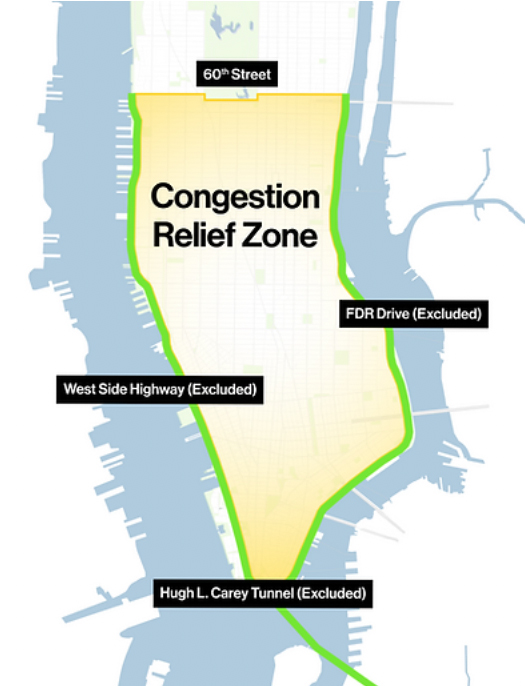

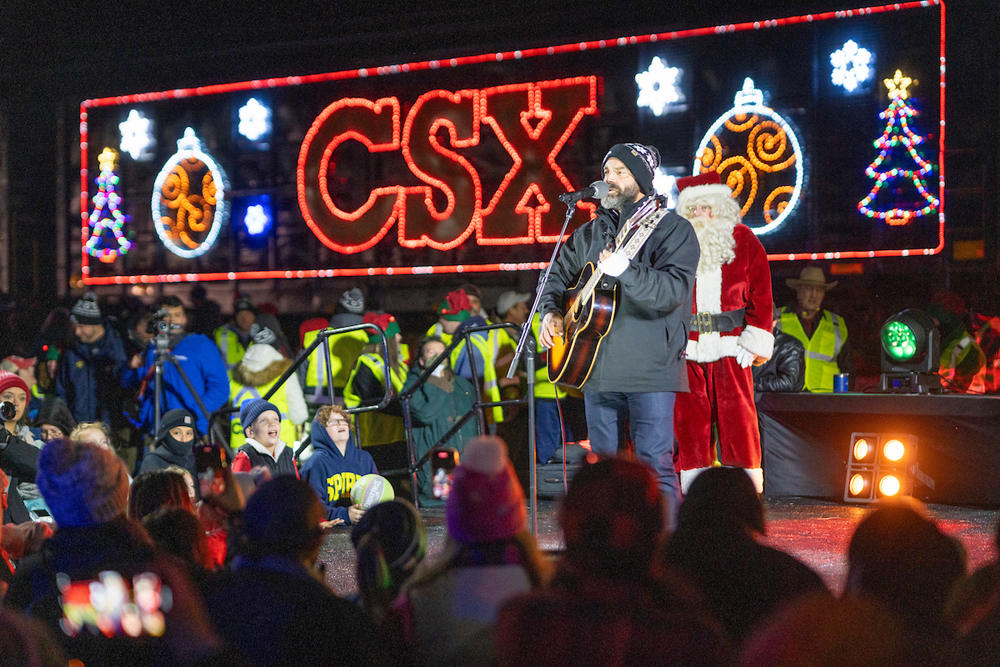
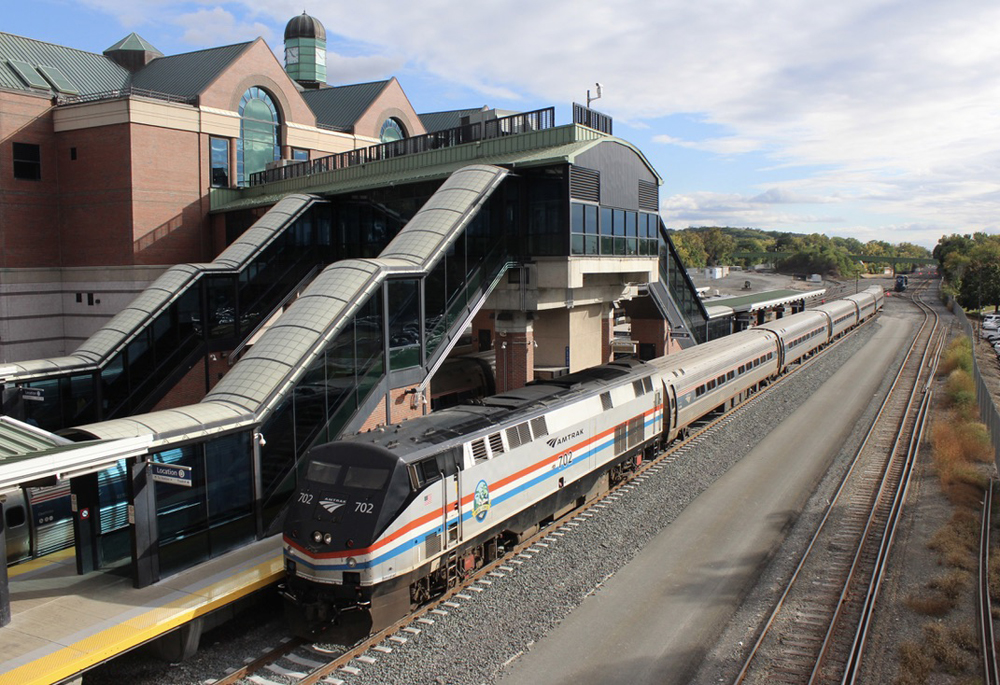

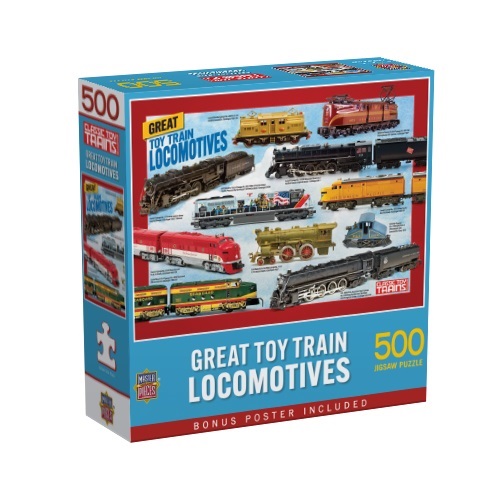

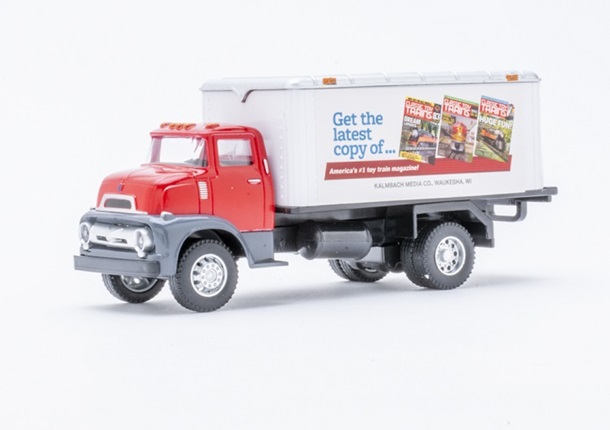
This is a nice looking locomotive. I’d like to hear how it compares in size to traditional postwar Lionel locomotives like the 765, etc. Having a traditional postwar sized locomotive, with such a great feature set, should appeal to a lot of toy train operators!
Should have said 675, etc.